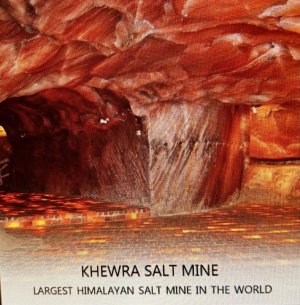You'll need to read this article at the web page
The Microplastic Invasion: 12 Ways to Minimize Your Exposure
But here are a few examples.
Researchers recently reported the presence of around 240,000 tiny pieces of microplastics in a 1-liter bottle of water. This is 10 to 100 times more than previous studies, which focused on larger particles of plastic.
Bottle-fed babies are at high risk of exposure to microplastics from baby bottles, but they’ve also been found in breast milk. And, let’s not forget older children who often drink from plastic bottles and pouches.
Microplastics have now been found in our blood, showing they can travel around the body, potentially ending up lodged in our organs.
They can even cross the blood-brain barrier through a process known as transcytosis, where particles can move through lipid (fat) layers like we have in our cell membranes, without being engulfed and destroyed by the cell they’re crossing.
Once in the brain, they’ve been shown in mice to cause cognitive changes similar to those seen in dementia patients.
The Microplastic Invasion: 12 Ways to Minimize Your Exposure
But here are a few examples.
- Microplastic contamination is a monumental environmental and health issue with serious consequences.
- Micro and nanoplastics have found their way into just about every nook and cranny on land, sea, air, human and animal bodies. It’s in our food and the water we drink, particularly bottled water.
- It’s now being implicated in a wide range of human disease processes from cancer to heart disease and neurological conditions.
Researchers recently reported the presence of around 240,000 tiny pieces of microplastics in a 1-liter bottle of water. This is 10 to 100 times more than previous studies, which focused on larger particles of plastic.
Bottle-fed babies are at high risk of exposure to microplastics from baby bottles, but they’ve also been found in breast milk. And, let’s not forget older children who often drink from plastic bottles and pouches.
Microplastics have now been found in our blood, showing they can travel around the body, potentially ending up lodged in our organs.
They can even cross the blood-brain barrier through a process known as transcytosis, where particles can move through lipid (fat) layers like we have in our cell membranes, without being engulfed and destroyed by the cell they’re crossing.
Once in the brain, they’ve been shown in mice to cause cognitive changes similar to those seen in dementia patients.


